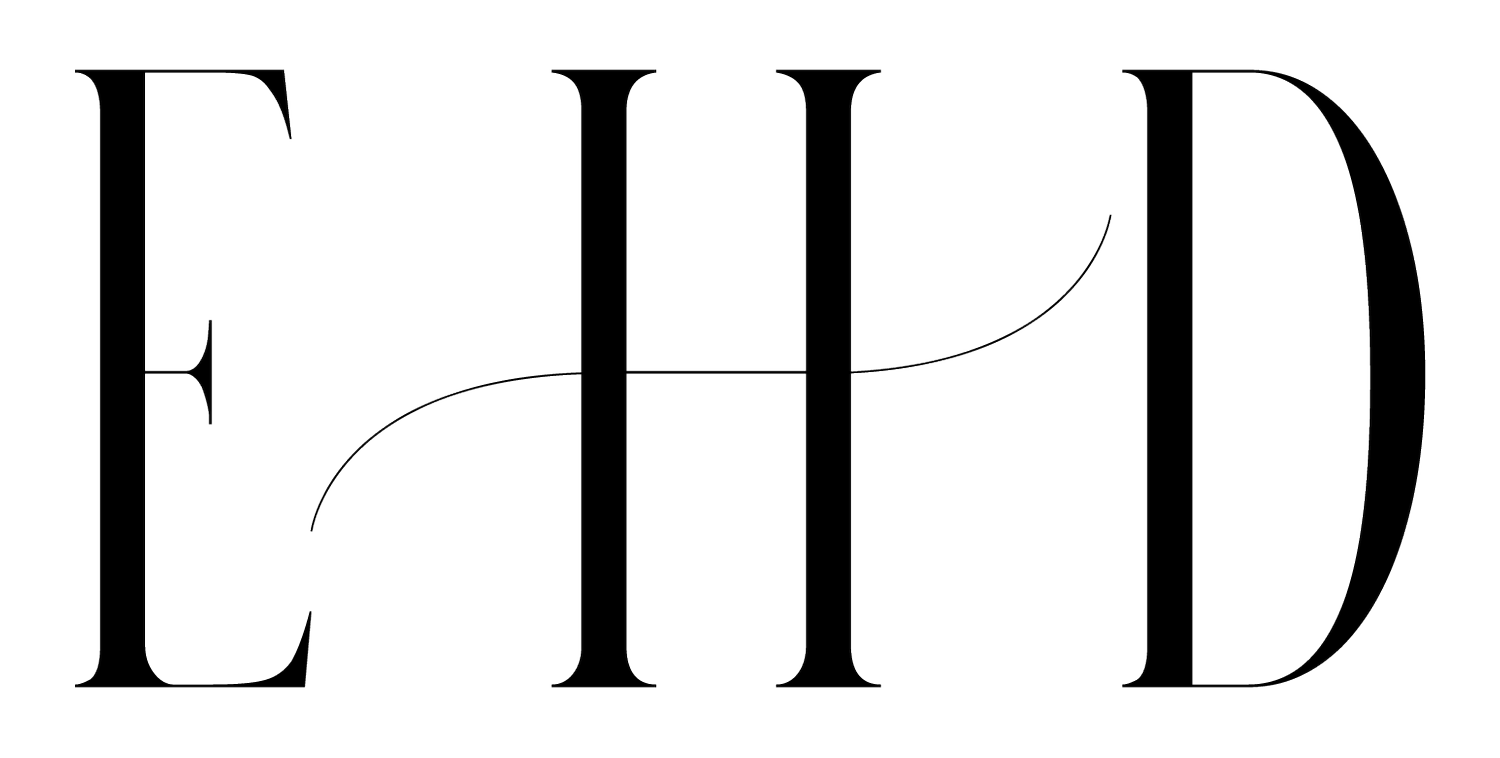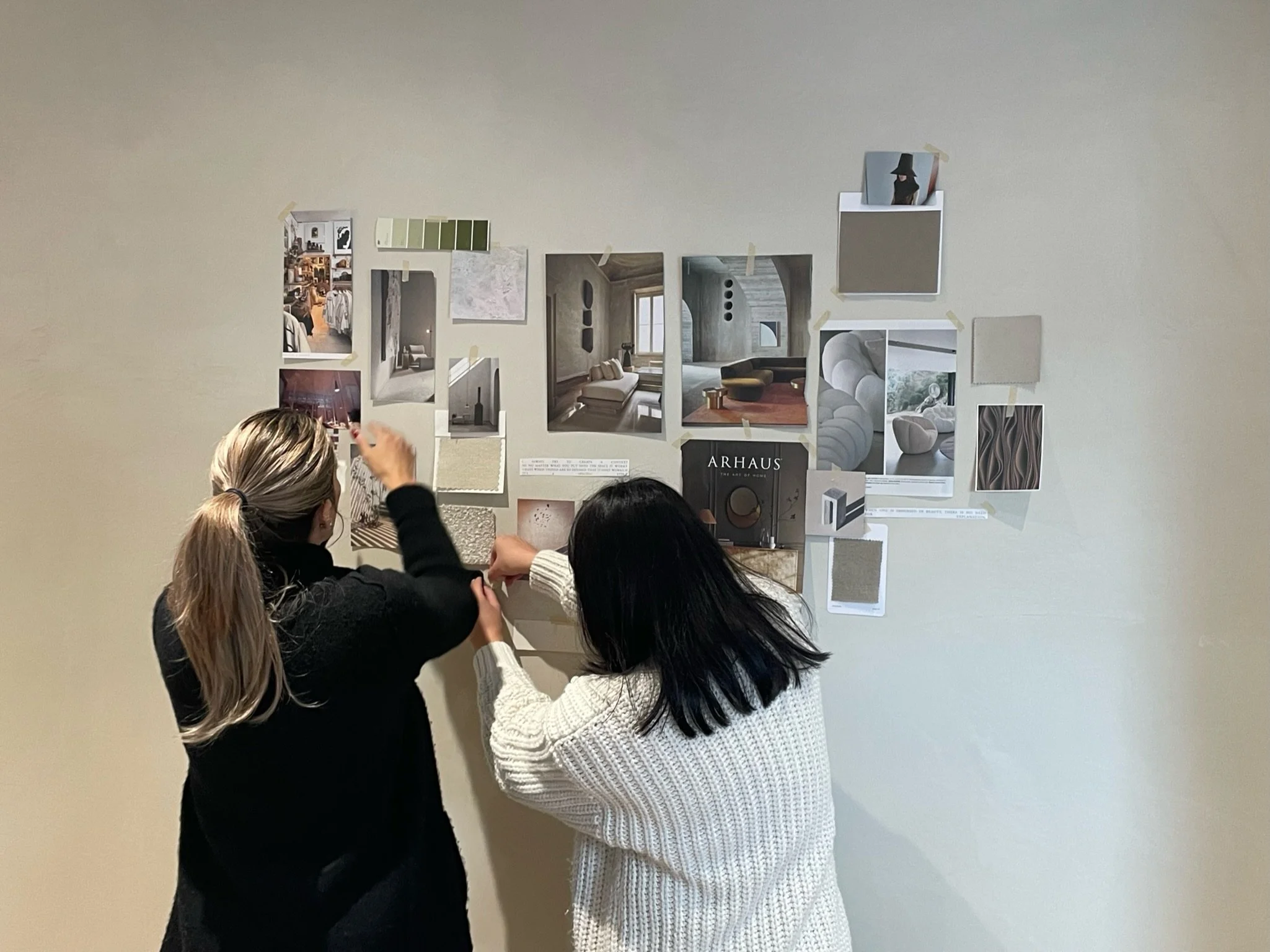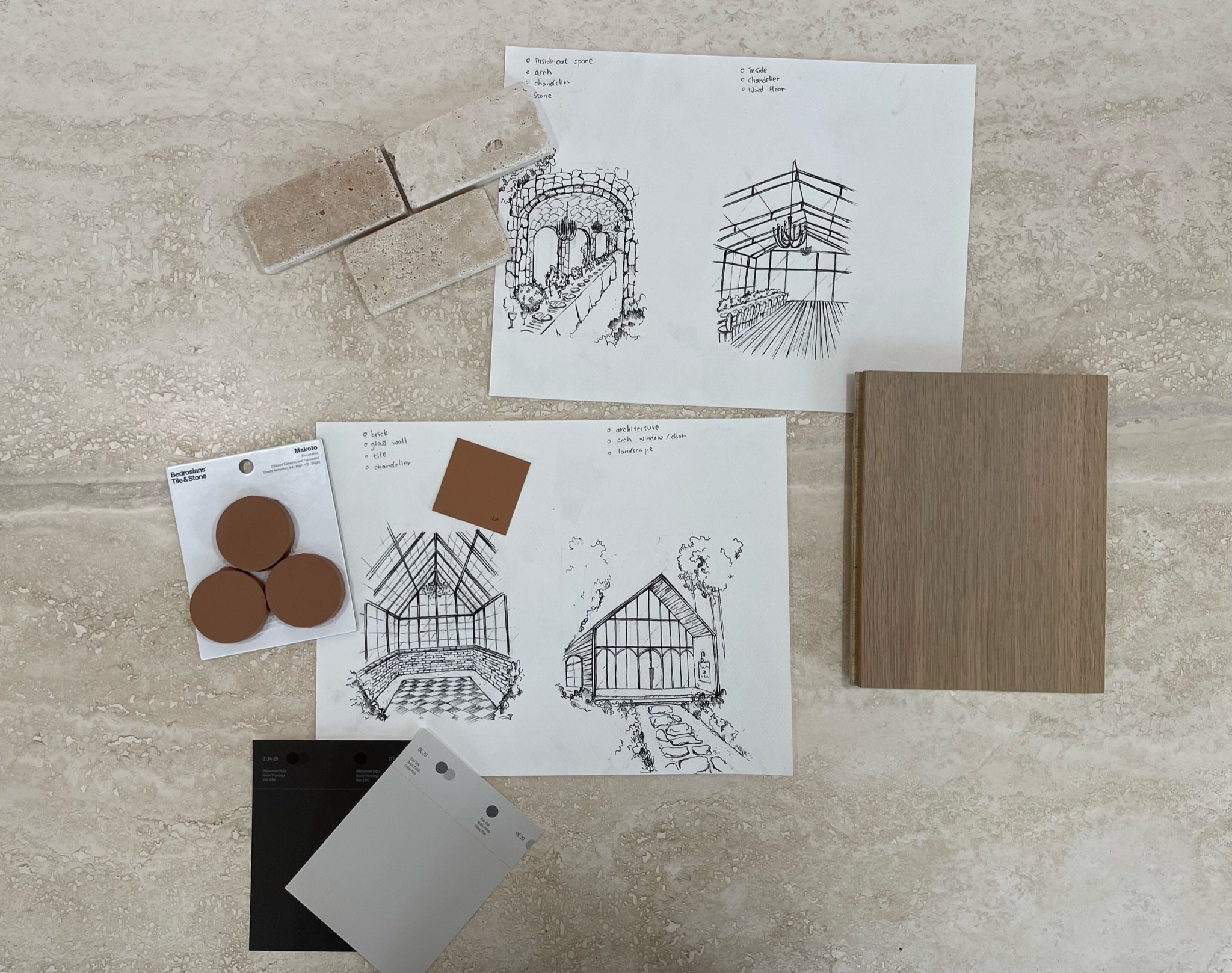Architectural Sketching and Visualization: Tips and Techniques
The practice of sketching and completing iterations is a fundamental aspect of the design process. Having the ability to sketch effectively within a firm is crucial for facilitating communication with clients, enabling swift visualization of ideas. At EHD, we prioritize this skill as it ensures alignment with our clients and fosters a clear understanding of their vision, ultimately enhancing collaboration and project outcomes. This article delves into EHD’s process at the start of a project and our use of sketching and visualization within the context of an architecture firm.
Inspiration and Precedents
In an architecture firm, leveraging precedents is an invaluable approach to discerning a client's preferences as well as inspiring designers. By examining past projects that resonate with the client's vision, architects can gain insight into their aesthetic inclinations, functional requirements, and overall design sensibilities. These precedents serve as tangible examples that facilitate effective communication between the client and the design team, fostering a shared understanding of desired outcomes. After a thoughtful analysis of precedents, our designers can then create initial sketches to start the design process.
Exploratory Sketches
During the design exploration phase of an architecture project, drawing quick sketches is paramount for generating ideas. Unlike spending time in a 3D model, quick sketches allow for rapid ideation and exploration of diverse concepts. Utilizing trace paper enables architects to effortlessly iterate through numerous iterations, focusing on quantity over quality at this early stage. This approach encourages experimentation, facilitates the discovery of innovative solutions, and ultimately lays the groundwork for more refined design development. The process of sketching also allows the client to be actively involved as it provides them with tangible visualizations that they can easily comprehend and provide quick feedback on. This allows for a quicker turnaround time as ideas and revisions can be quickly incorporated.
Refining Digital Drawings
At EHD, our designers can seamlessly translate hand sketches into digital drawings, a critical phase in evolving any design. By working in a 3D model, our architects can then delve deeper into design exploration, refine proportions, and test different spatial arrangements. However, despite the advantages of digital modeling, revisiting your plans, sections, and elevations with trace paper and a pen remains invaluable. Through this iterative process, architects can refine their ideas, incorporating insights gained from both digital and analog methods, ultimately leading to more refined and innovative architectural solutions.
Material Sampling
As the design progresses, selecting material finishes is crucial for defining aesthetics and functionality. Ordering samples allows for hands-on evaluation of colors, textures, and finishes, and comparing different brands ensures quality. In addition, client involvement in these selection meetings ensures alignment with their vision.
In conclusion, the iterative process and utilization of hand-drawn mediums hold profound significance within Elizabeth Hales Design. Through continuous refinement and exploration, our architects can uncover innovative solutions and push the boundaries of design excellence. Hand-drawn mediums offer a unique avenue for creativity, enabling architects to express ideas freely and engage in nuanced exploration.




